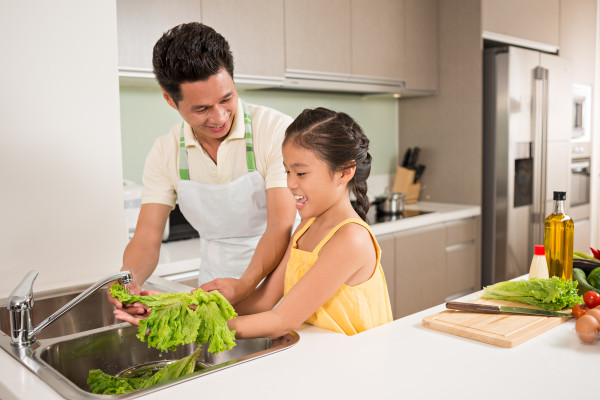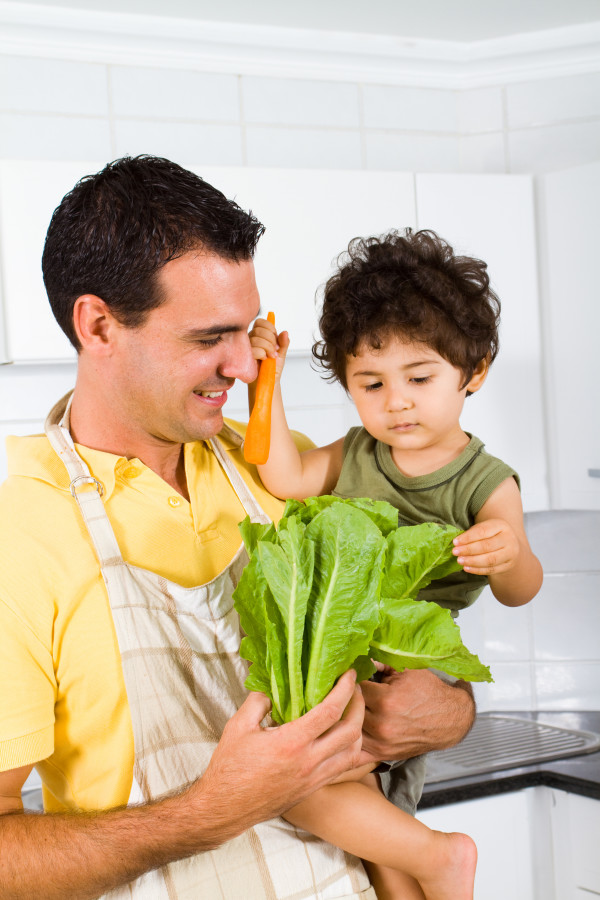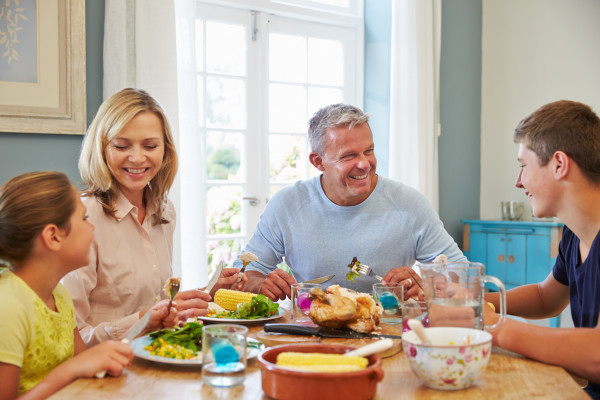Food Literacy – What kids need to know about food!
It’s not enough to teach about food, food literacy goes beyond knowledge to the end that adults and kids “do” what they are taught. Food literacy is about taking action. Food Literacy is exciting and should be a priority in every household.
As I work with kids all over the Dallas Metroplex, where there is a high amount of ethic diversity. There are different ways of approaching food that will effect your child’s health for a lifetime. This is what food literacy is about. I define food literacy as educating both adults and children about food.
I have some alarming statistics for you gained from surveying over 500 children. Kids report that:
1 –Over 96% of parents do not even bother educating their children about food.
2 — Over 99% of the parents do not teach them when to stop eating.
These are alarming! This has created in me a quest to help increase food literacy to adults and children.
I want to encourage parents to teach their children how to enjoy their food. It is never too late to start. How about now?
 Another statistic is that 90% of parents don’t have fun foods for their kids. I’m talking about foods that kids play with then eat with their parents. (edible play-dough, canned rolls, cereal crafts, food crafts and so forth.)
Another statistic is that 90% of parents don’t have fun foods for their kids. I’m talking about foods that kids play with then eat with their parents. (edible play-dough, canned rolls, cereal crafts, food crafts and so forth.)
In my discussions with hundreds of children and adults, I have found that so many people don’t know what to educate the children on adults say:
Where do we start?
What is it that my kid needs to know?
There are so many diets, that whatever I teach is going to be wrong.
 Food literacy stops right there if parents give in to not trying. It is my prayer that this article will help encourage adults to approach food literacy as an important priority within their family.
Food literacy stops right there if parents give in to not trying. It is my prayer that this article will help encourage adults to approach food literacy as an important priority within their family.
In many countries around the world, the approach and education of food to the family is just as time consuming as learning to read or write. Food literacy is a project that has long-term benefits. One will never regret stepping on this path.
Unless there is a medical problem, my first suggestion is to not worry so much about low-fat, low-carb, low-taste, or low-calorie. Start with this simple exercise: write down and make a list the 10 – 20 meals that you enjoy eating the most. Map connections along those meals and look for patterns.
I understand that lots of adults are very frustrated when it comes to food and kids. Please let me stress that lots of frustration can be stopped when family members can put words to their likes and dislikes. That is part of food literacy.
The above exercise will give you a starting point.
Some countries in Europe kids are trained from the age of 3 to spend time eating at the table for lunch every day in school or daycare. By the time you see an eight-year-old French child in a restaurant they have sat at a table thousands of times. The point is to practice by eating meals together. Any child may have behavioral problems but he/she can sit around a table for a family meal.
#1 — Enjoy meals together around a table, practice for everyone.
Eating great food is one of life’s great pleasures.
 Stay tuned for more posts about “Food Literacy” and what kids need to know about food.
Stay tuned for more posts about “Food Literacy” and what kids need to know about food.

